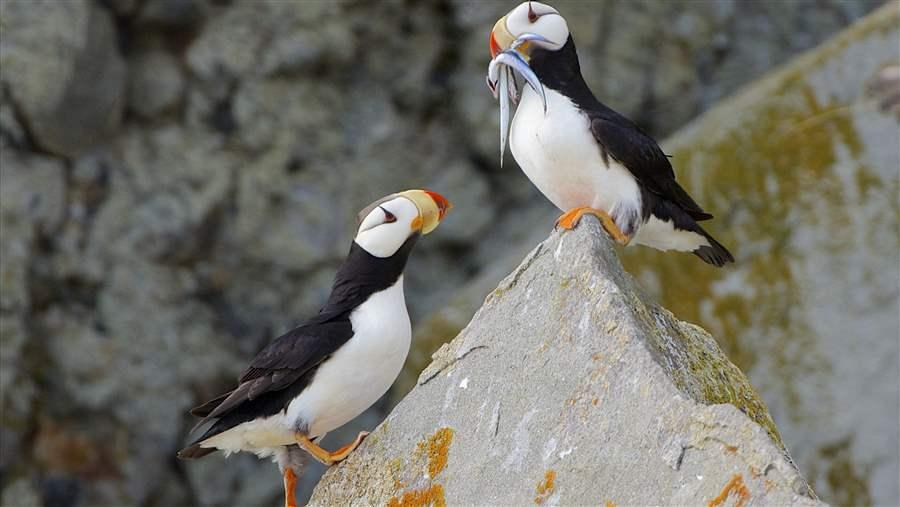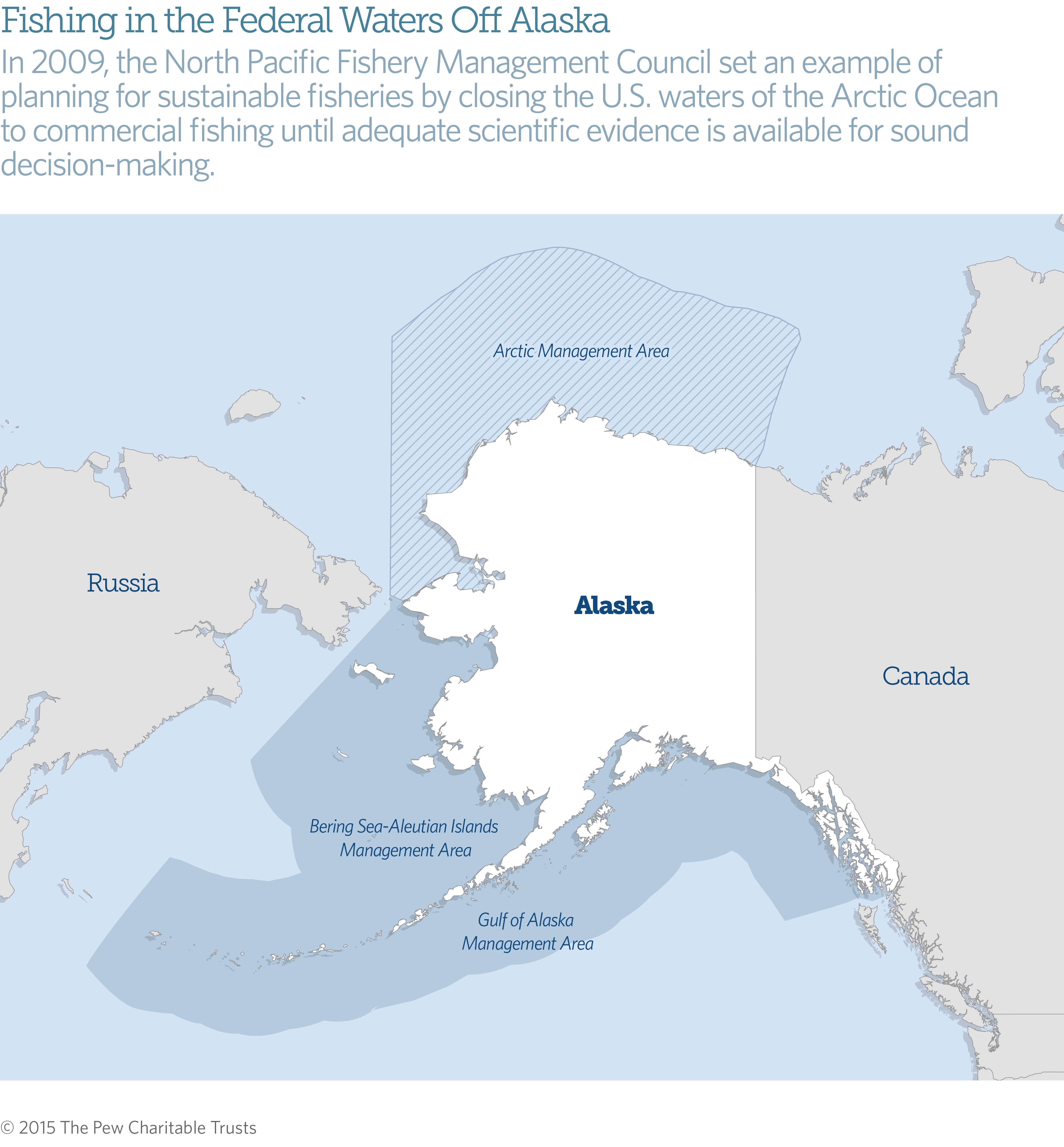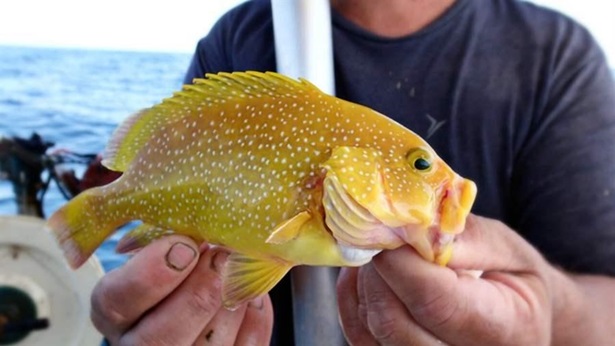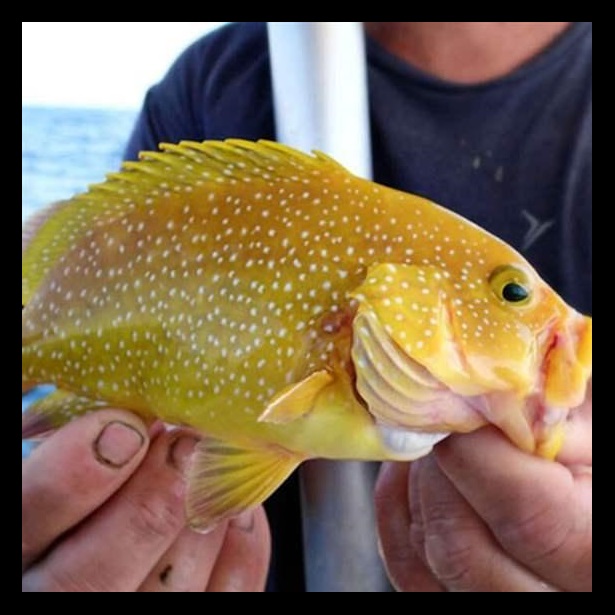Tracking the Telltale Signs of a Healthy Ecosystem
Annual study of ecosystem indicators checks the vitals and sets a path for fishery managers
 Barrett Hedges/Getty Images
Barrett Hedges/Getty ImagesPuffins and other seabirds provide insights into an ecosystem’s health. How many puffin chicks are born is closely related to the health of their prey, small forage fish, which also feed predator fish sought by commercial fishermen.
Puffin chicks on Alaska’s Aleutian Islands might not be the first thing to come to mind if your task is to set next year’s fishery catch limits for the enormous and productive eastern Bering Sea. But how successfully these charismatic creatures are reproducing from year to year provides surprisingly important clues about the status of the overall ecosystem—including fish populations.
Every December, when the North Pacific Fishery Management Council decides on catch limits for the fish stocks it manages, the council scrutinizes more than 100 indicators listed in its annual Ecosystem Considerations report. Compiled by fisheries scientists from the National Oceanic and Atmospheric Administration (NOAA), the indicators go far beyond what an assessment of any fish population could provide. In addition to the births of puffins and other seabirds, the top indicators for the eastern Bering Sea include the density of krill—small, shrimplike crustaceans that form part of the foundation of the food web—and a measure of how much the winter’s ice pack retreated that year.
“The Ecosystem Considerations report was designed specifically to fit into the management system for the council,” said Stephani Zador, a NOAA Fisheries scientist who leads the ecosystem report effort for the North Pacific council. “The discourse with the council every year means it is adaptive and flexible—it evolves every year.”
In the 20 years NOAA Fisheries has provided the report to the North Pacific council, the document has transformed from a general description of the ecosystem to a detailed, 250-page document that summarizes the most recent, relevant science about the eastern Bering Sea, Aleutian Islands, Gulf of Alaska, and Arctic.

The annual Ecosystem Considerations study analyzes recent science in the eastern Bering Sea, Aleutian Islands, Gulf of Alaska, and Arctic.
The report helps fishery managers make better-informed decisions and can sometimes reveal a different story from what a stock assessment alone could. In 2006, for instance, the stock assessment for walleye pollock in the eastern Bering Sea showed the population level for the valuable fish was high. But other ecosystem indicators signaled to the council that challenges might be coming.
That year, the report showed that some pollock had moved north into Russian waters and that an important source of food for juvenile pollock, zooplankton, had declined precipitously. Another species, arrowtooth flounder, was increasingly preying on juvenile pollock. With those early warnings in hand, the council chose to lower the pollock catch limit for the following year.
Five years ago, the scientists began including something of a report card at the front of the report – a quick visual reference on the performance of the most important indicators. Each year of data for 10 important indicators is plotted as a point along a small line graph, and years that fall outside the typical boundaries are easily identified. Symbols at the end identify whether the latest year is much higher, lower, or within the five-year average, and what the trend has been over the past five years.
The North Pacific council is a leader in examining the warning signals in the larger ecosystem before setting catch limits. Other regional fisheries councils now are beginning to realize the benefits of that practice, with the Pacific, Gulf of Mexico, and New England councils taking steps toward their own studies.
But the nation’s primary fishing law, the Magnuson-Stevens Fishery Conservation and Management Act, doesn’t require regional councils to adopt these best practices in fisheries management. That’s why, when the law is next revised, Congress should require councils to practice modern fisheries management that considers fish as part of a larger ecosystem.
The Magnuson-Stevens Act is approaching its 40th anniversary and could use an update. It’s time for a new focus in fisheries management. Learn more at pewtrusts.org/healthyoceans.


America’s Overdose Crisis
Sign up for our five-email course explaining the overdose crisis in America, the state of treatment access, and ways to improve care
Sign up

The Magnuson-Stevens Act at 40
Reasons major U.S. fishing law should shift to big picture management
Learn More









